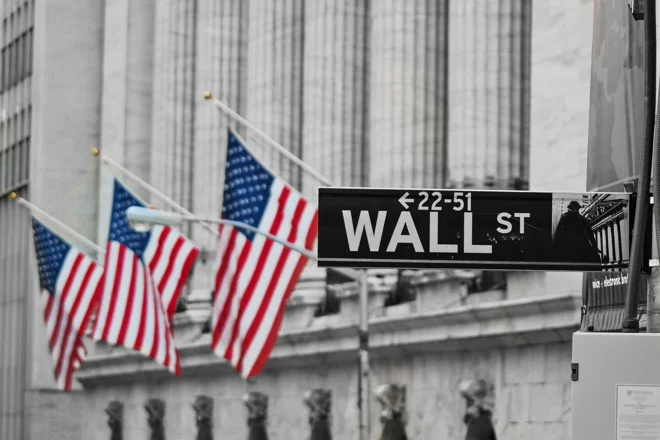Global
Are markets catching a cold?
It wasn’t just the first snowflakes that fell in parts of Europe last week; markets too. The posterchild of the AI rally, Nvidia, posted strong earnings, with revenue guidance exceeding expectations. But investors are questioning whether the AI trade has run too far, too fast. The initial excitement following Nvidia’s earnings release gave way to valuation concerns and fading hopes for a December rate cut by the US Federal Reserve (Fed). A crash in cryptocurrencies – Bitcoin is down 25% in a month – added pressure as some investors sold tech stocks to offset crypto losses. In the end, it was a classic risk-off mood.
Has this changed the fundamental picture? We don’t think so. Uncertainty is easing, particularly around trade. Governments are using fiscal policy to boost growth. Central banks are lowering interest rates. While concerns around an overheated AI cycle persist, we see these as a short-term bump in the road. Longer term, AI-related investment continues to support growth.
Think of AI as building a new city. It begins with substantial investment to lay the groundwork, including projects such as roads, power plants and utilities. In AI terms, that means building data centres, producing chips and securing reliable energy. Once the infrastructure is in place, output grows, driving productivity higher.
Meanwhile, business sentiment in the Eurozone remains resilient, suggesting businesses are finding workarounds for the new tariff environment. The euro is still holding above 1.15 vs the dollar despite a set of Fed minutes dampening hopes of a December rate cut and a strong headline rise in the US jobs report (a stale number for September, given the shutdown that’s just ended). We remain constructive on the common currency as the European Central Bank holds rates and as the Fed is ending its balance-sheet retrenchment (a monetary policy tightening measure) on December 1, removing the liquidity scarcity that bolstered the US dollar over the past few years. Elsewhere, export numbers out of Japan and Korea held up quite well.
That’s why, for now, we’re not adjusting portfolio positioning. The fundamental outlook hasn’t changed, so we’re keeping our tilt toward equities over bonds, but moderately so and with plenty of diversifiers to manage risk.
US
Is the data fog clearing?
Last week, the September job report finally landed, but it didn’t offer the Fed and investors much insight. Job growth was strong, better than over the summer, in line with private data tracking the job market. In short, there was nothing unexpected.
The problem now is that the Bureau of Labor Statistics confirmed last week that there will be no October jobs report. Data collection was impossible during the 43-day government shutdown. This gap in the job data will be the first in the series since 1948.
The November report won’t come out until December 16, six days after the Fed’s December 10 meeting. The Fed’s October meeting minutes show a split, with the majority leaning toward holding rates. A few members said a rate cut could be appropriate if the economy evolves as expected, but more favoured keeping rates the same. In the absence of data, even those in favour of a cut may decide to wait until the next meeting in January to make a move.
While there is doubt over a December cut, we (and the market) still expect rates to settle at 3-3.25%, down from the current rate of 3.75-4%, because of weakness in the job market. The government shutdown may have slowed hiring, and employment in retail, leisure and hospitality sectors could be vulnerable. The endpoint for rates is not changing, only the journey to get there.
This week
US economic data, UK Budget and European inflation
In the US, the data fog is slowly disappearing, but the only incoming figures will be September producer prices and Tuesday’s retail sales, both of which offer indirect indications about the impact of tariffs.
In the UK, the Autumn Budget is scheduled for Wednesday. Expectations of too much or too little belt-tightening could drive volatility in the bond and currency markets, but we think prospects of fiscal consolidation will be a tailwind for the UK gilts we own in portfolios.





